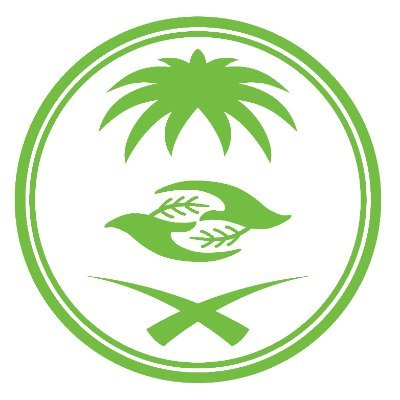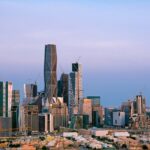The National Center for Vegetation Cover Development and Combating Desertification has launched this year’s camping permit service for 2025 through the “My Plants” electronic platform, as part of efforts to facilitate procedures and organize the camping process coinciding with the start of the winter season.
The center explained that the service enables those wishing to camp to apply for a permit by filling in the required data, registering the camping site information, and agreeing to the pledge via the electronic link.
The National Center indicated that the scope of camping has been expanded to include additional sites within the center’s vegetation cover lands (national parks, natural pastures, forests) in a number of the Kingdom’s regions to meet all aspirations. The center also called for practicing camping in vegetation cover lands and enjoying tranquility amidst the enchanting nature and pure atmosphere, emphasizing that camping without a license may expose violators to fines.
It is worth noting that the center works on developing, protecting, and monitoring vegetation cover sites, rehabilitating environmentally affected ones, including managing and investing in pasture lands, forests, and national parks, in addition to detecting violations on vegetation cover, combating illegal logging across the Kingdom, and preserving natural resources and biodiversity.
National Center for Vegetation Cover Development and Combating Desertification
The National Center for Vegetation Cover Development and Combating Desertification is a Saudi Arabian government agency established to address environmental challenges. Its primary mission is to combat desertification, develop vegetation cover, and protect biodiversity through various initiatives, including tree planting campaigns. The center plays a crucial role in supporting Saudi Arabia’s environmental goals and Vision 2030 sustainability objectives.
My Plants electronic platform
“My Plants” is an electronic platform designed for plant enthusiasts to manage and learn about their plant collections. It serves as a digital tool for tracking care schedules, identifying species, and accessing a community of fellow gardeners. While it doesn’t have a historical background like a physical site, it represents the modern evolution of horticultural practice through digital technology.
national parks
National parks are protected areas of natural significance established to conserve ecosystems and provide public recreation. The concept originated in the United States with the creation of Yellowstone National Park in 1872, the world’s first national park. Today, thousands of national parks worldwide safeguard diverse landscapes, wildlife, and cultural heritage for future generations.
natural pastures
Natural pastures are expansive grasslands that have evolved over centuries through a combination of natural processes and traditional, low-intensity grazing by wild or domesticated animals. Historically, these ecosystems have been crucial for supporting pastoral communities and their livestock, while also maintaining high levels of biodiversity. Many of these ancient pastures are now protected as valuable cultural landscapes that represent a sustainable form of land use.
forests
Forests are vast ecosystems dominated by trees that have existed for hundreds of millions of years, evolving from ancient fern forests to the complex coniferous and deciduous woodlands we know today. They have been fundamental to human history, providing resources, shelter, and spiritual inspiration for countless cultures and civilizations. Today, they are recognized as critical for global biodiversity, climate regulation, and human well-being.
Kingdom’s regions
“Kingdom’s regions” is not a specific cultural site but a general term referring to the administrative or geographical divisions within a monarchy. Historically, many kingdoms, such as Saudi Arabia or ancient realms, organized their territories into regions for governance, defense, and cultural management. These divisions often reflect historical tribal areas, conquests, or geographic features that shaped the kingdom’s development over time.
vegetation cover lands
“Vegetation cover lands” is a general ecological term rather than a specific cultural or historical site. It refers to any geographic area where the ground is predominantly covered by plants, such as forests, grasslands, or shrublands. These areas are crucial for global ecosystems, supporting biodiversity, regulating climate, and preventing soil erosion.
natural resources
“Natural resources” refers to materials or substances occurring in nature that can be used for economic gain, such as water, minerals, forests, and fossil fuels. Throughout human history, access to and control over these resources has been a primary driver of exploration, settlement, trade, and conflict. Their sustainable or unsustainable management continues to shape global economies, geopolitics, and environmental health.






